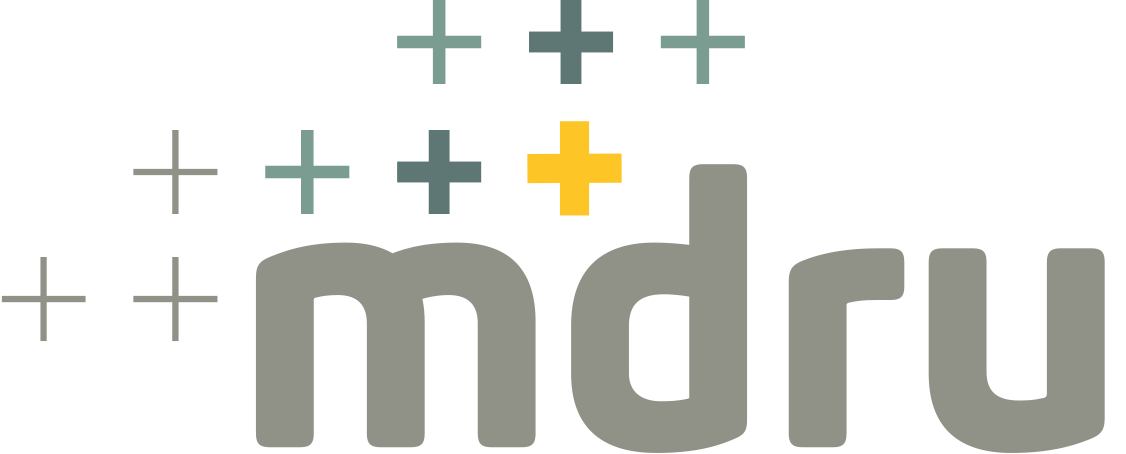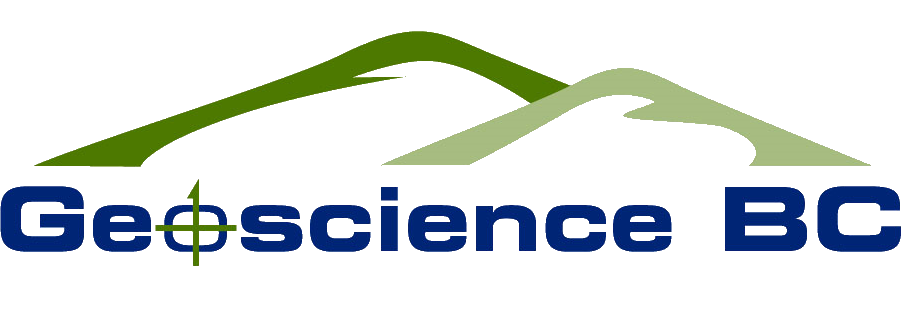Project Information
- Ore Deposit: VMS
- Research Themes: Exploration Methods
- Location: Various sites, southern BC
- Project Status: Active
- Researchers: Rachel Simister
- Start Date: 2017
A gram of fertile soil typically hosts more than one billion microbial cells. MDRU researchers are evaluating the capacity for molecular analyses (gene sequencing) of soil microbial communities to reveal indications and clues about buried mineral deposits.
Exotic overburden, such as glacial and pre-glacial sediments, are a fundamental and widespread challenge to mineral exploration. Surficial geochemical techniques for direct above-source detection of buried ore bodies do not always yield high-confidence exploration targets. Unfortunately for mineral explorers, alternative competitive commercial analytical methodologies, including selective extraction techniques and organic geochemistry techniques, are mostly proprietary to specific labs, or their links to mineralization at depth are poorly documented or questionable.
A gram of fertile soil typically hosts more than one billion microbial cells with 10s or even 100s of thousands of bacterial species that each are very sensitive to chemical and physical changes in their environment.
Subtle changes in metal availability can produce a dramatic response in microbial community composition and activity. Even the simplest analytical techniques can identify the DNA fingerprint for a bacterial community over a buried VMS deposit. However, the advent of high-throughput next generation sequencing (NGS) platforms over the last decade has revolutionized our capacity to consider the molecular fingerprints of microbial communities in ore environments.
MDRU Explores Genomics
This project will evaluate the capacity for molecular analyses (gene sequencing) of soil microbial communities to reveal buried mineral deposits. The results of the microbial analyses will be integrated with geochemical, geological, and physical data to fingerprint community shifts that are linked to proximity of mineralization.
Deliverables will include microbial community fingerprints of soils, a workflow for identifying fingerprint anomalies, and maps and statistical tools for integrating geological, geochemical, and geophysical data with microbiological data. The research will also add to a growing dataset that describes and catalogs microbial communities in soils across BC with utility across multiple resource sectors.
A proof of concept research study will utilize previously-collected soil sample suites from above BC mineral deposits to test:
- viability of applying next generation sequencing to mineral exploration as a routine method in areas of till cover;
- robustness of molecular microbial fingerprints to reveal anomalous signals in proximity to mineralization;
- degree of background variability; and
- relationships between microbial community composition and soil type, texture, organic and inorganic chemistry, and physicochemical properties.
Previously collected and frozen samples will be complemented with new samples from the proposed project areas to define regional scale variability. Additional samples to assess seasonal variability and data reproducibility will also be collected.




